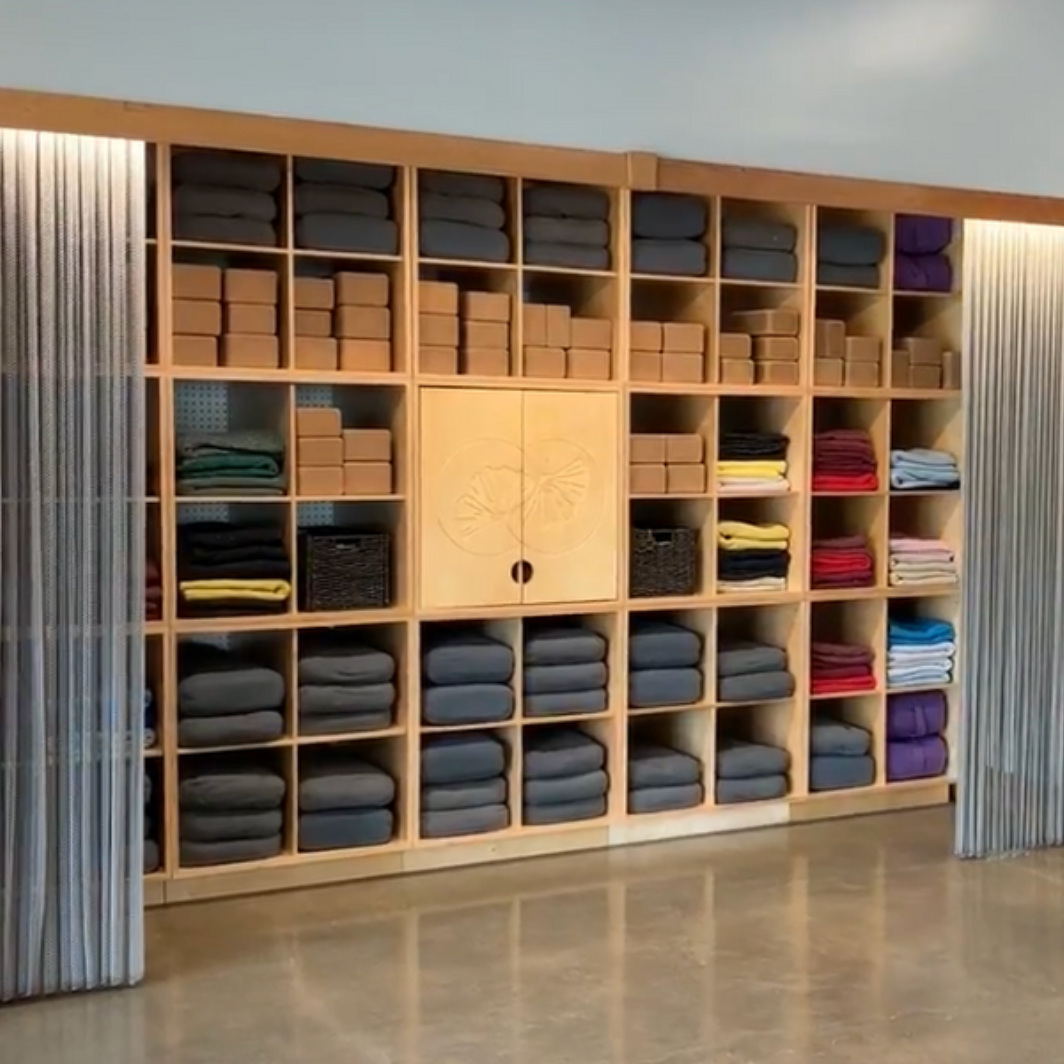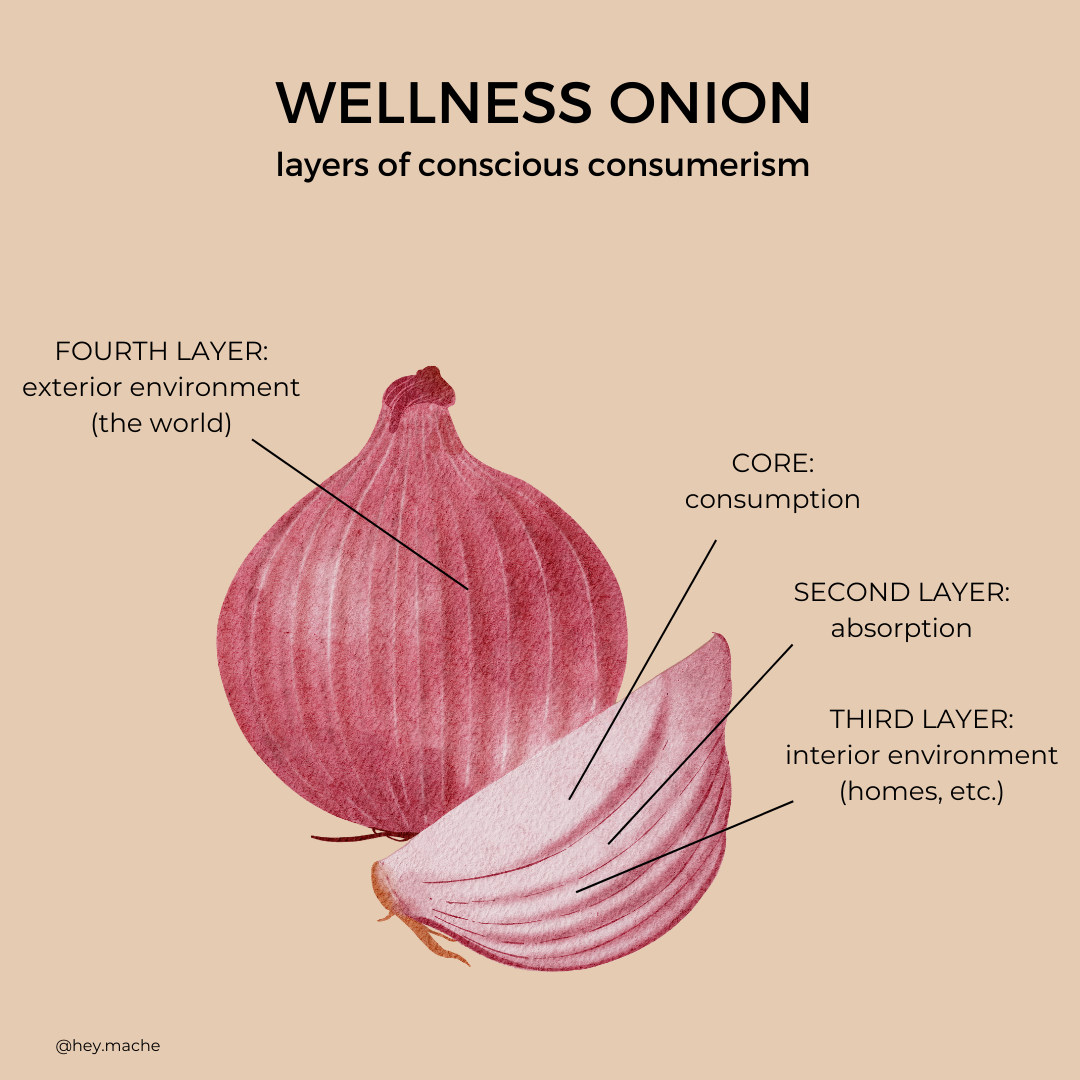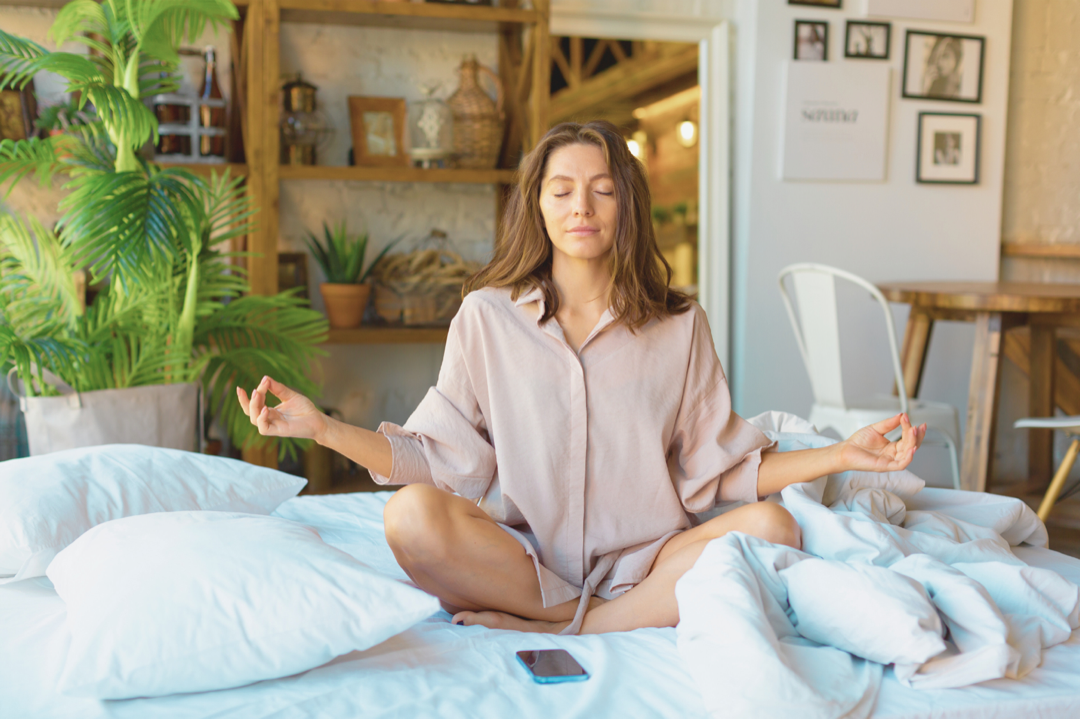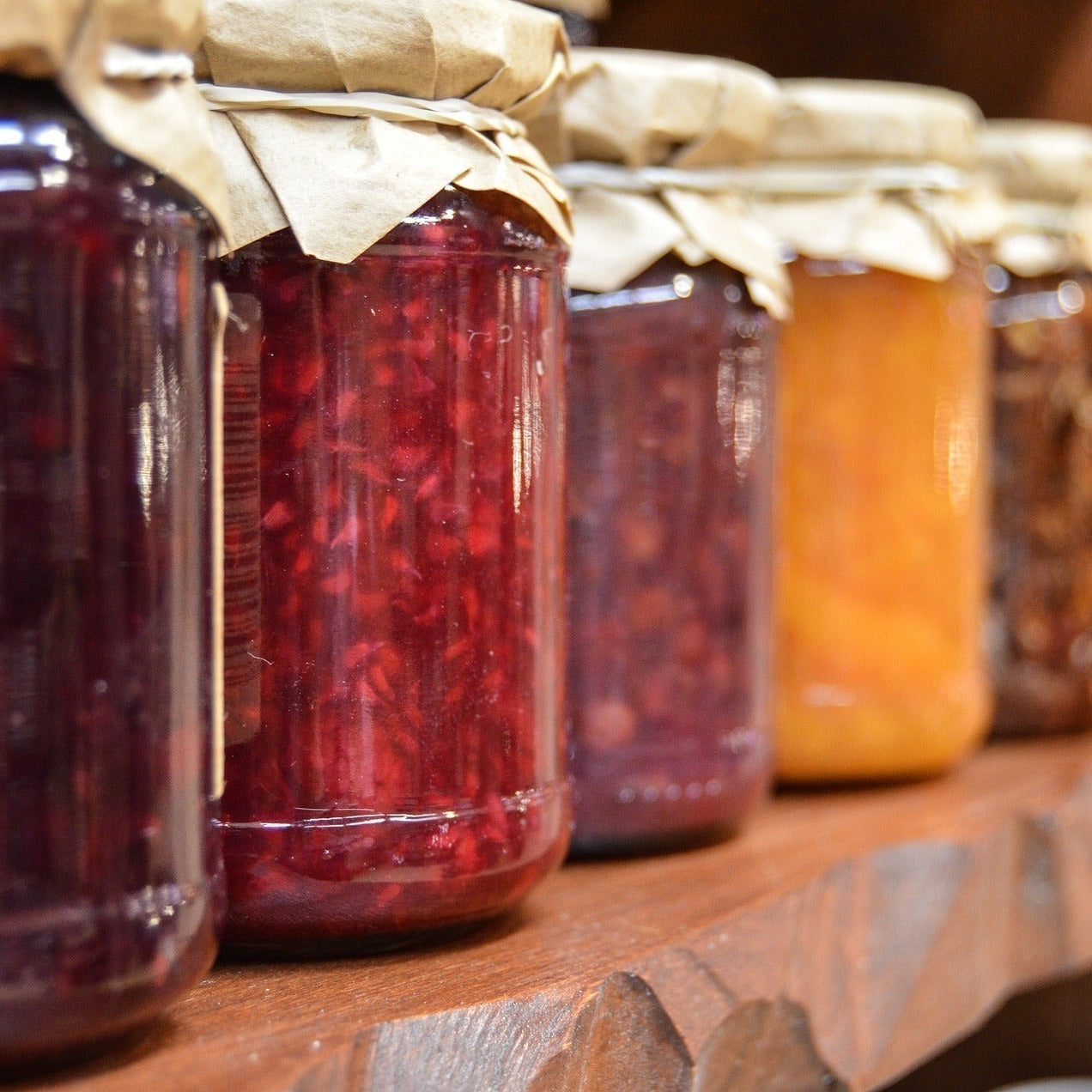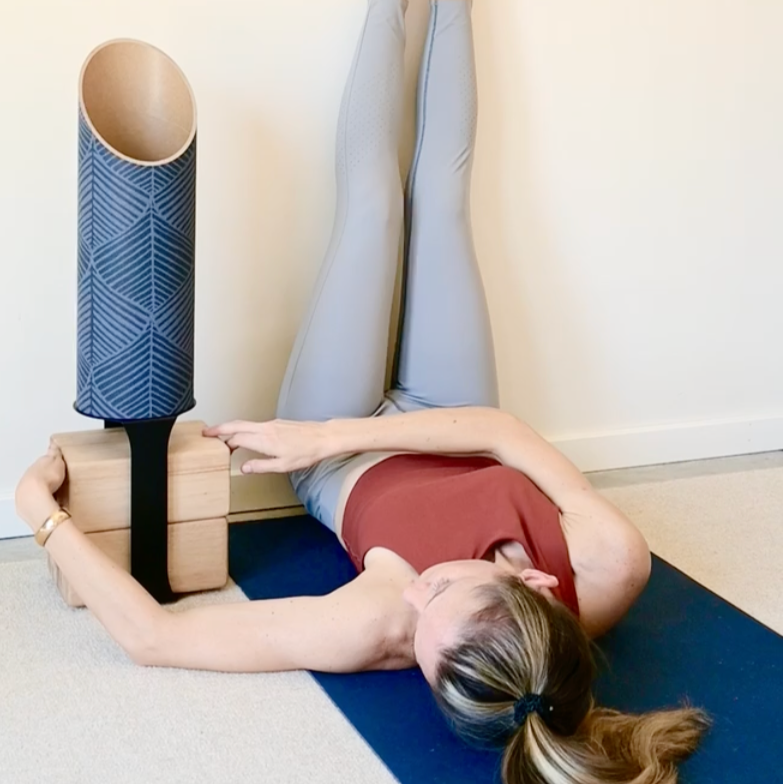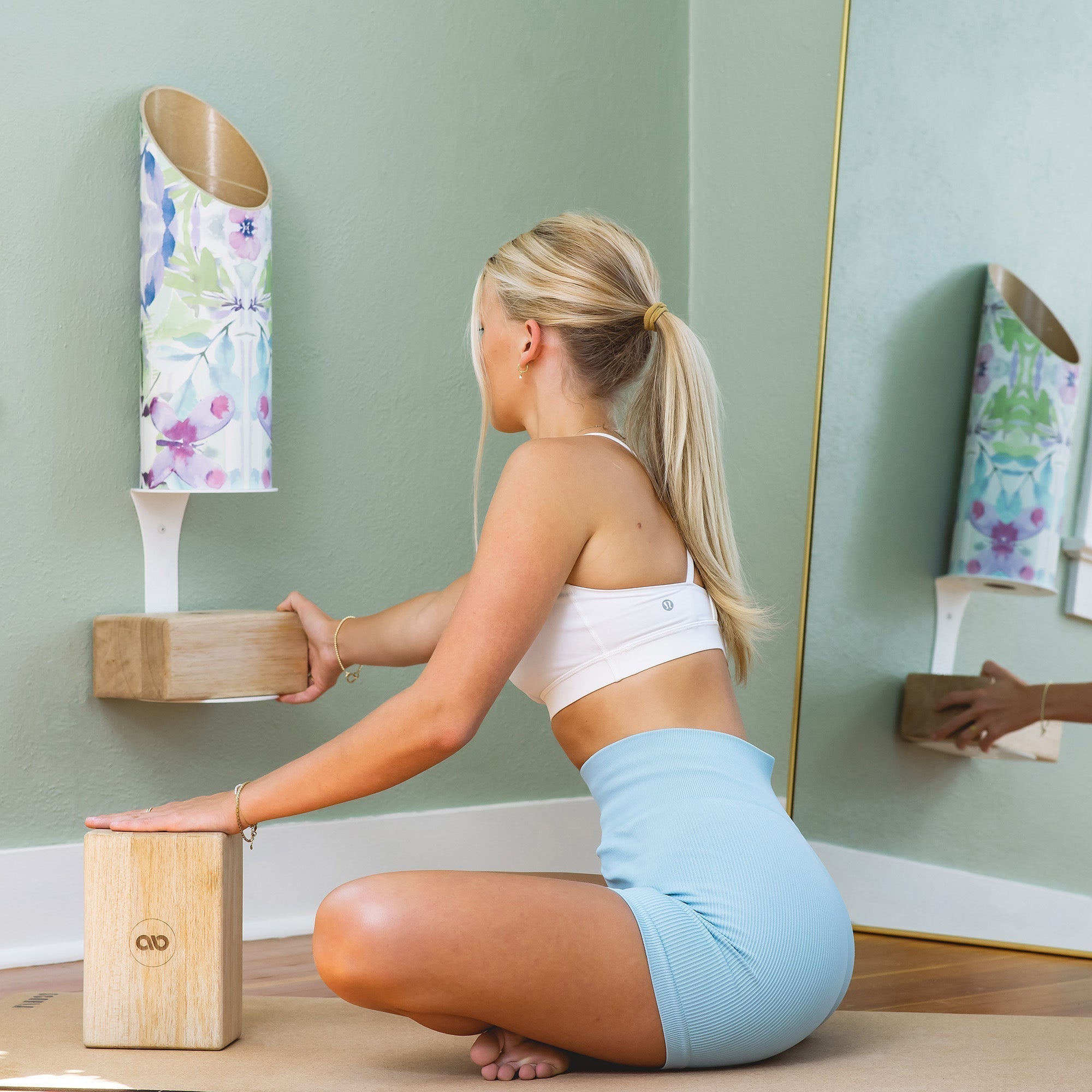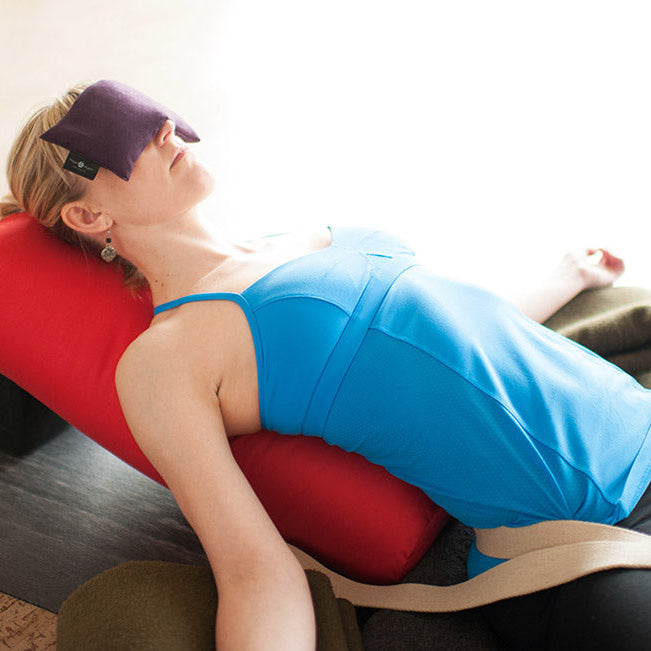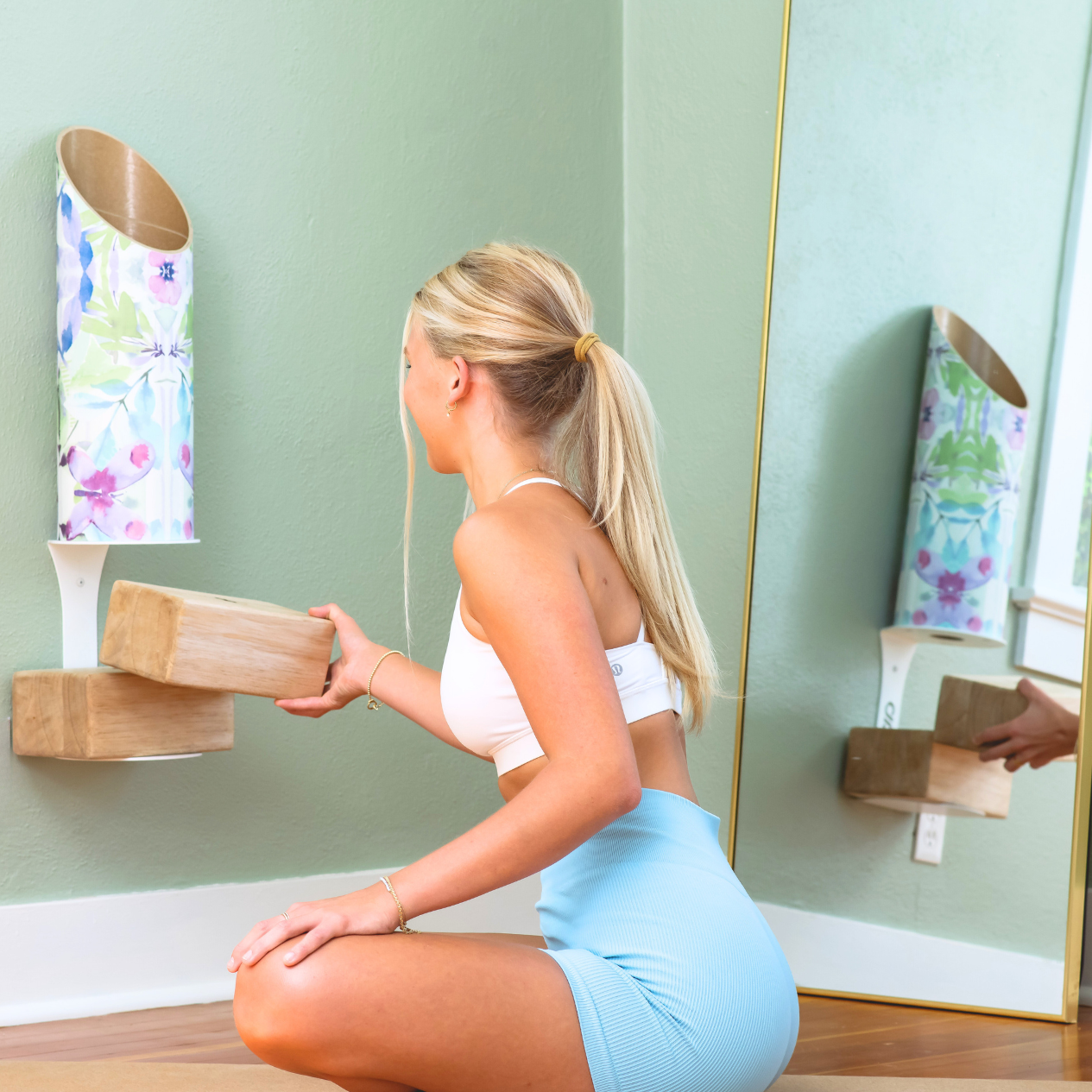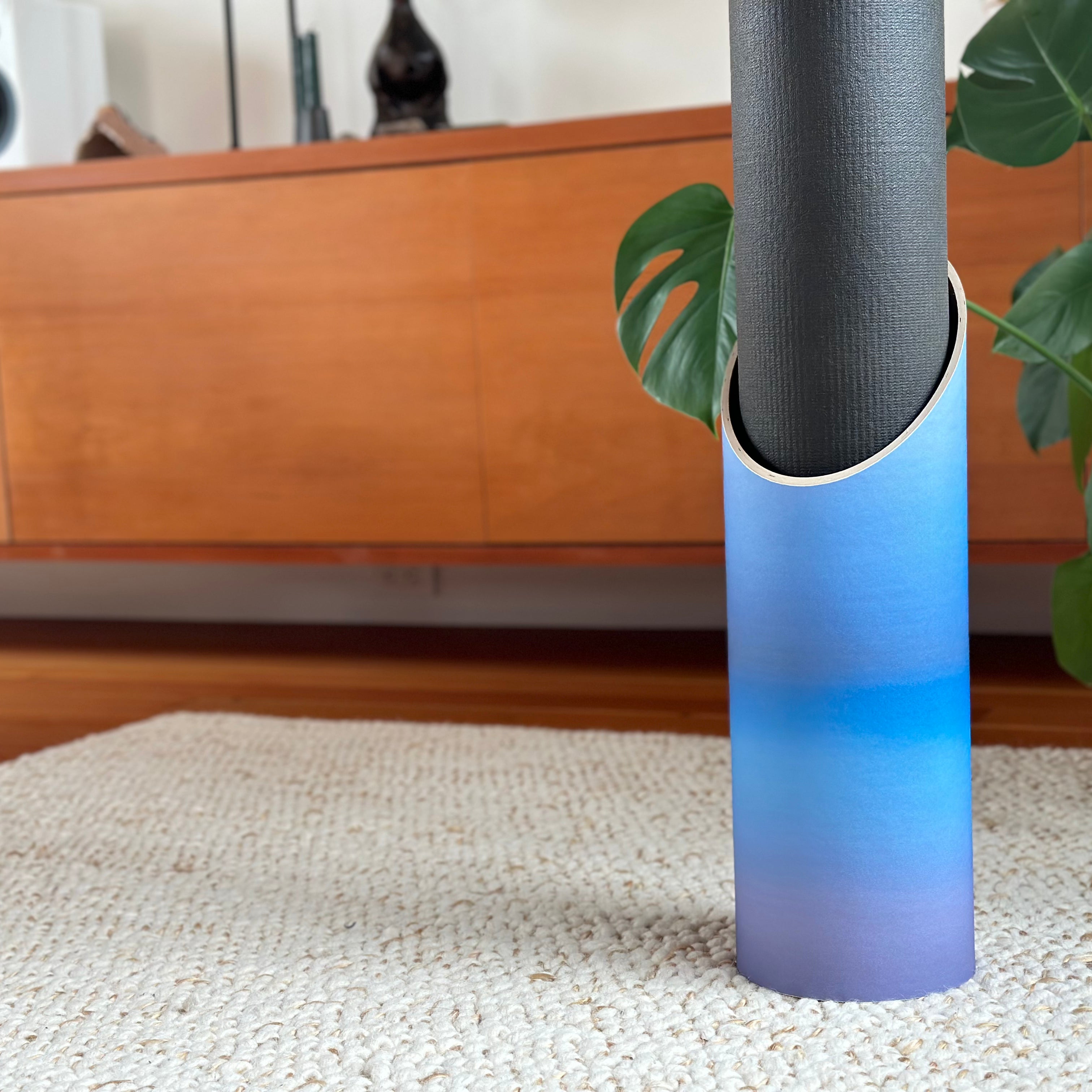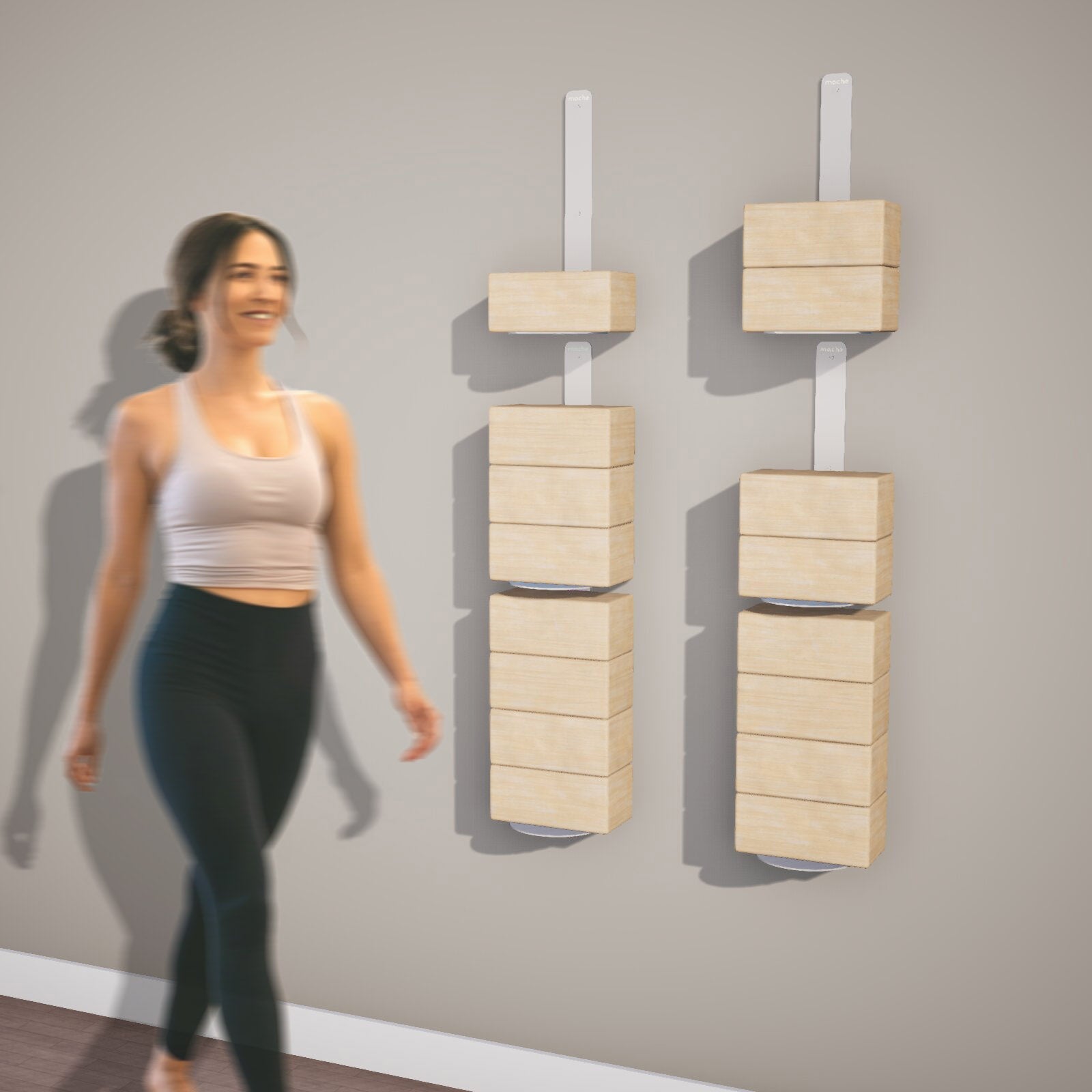Let’s face it: life gets busy. Between work, family, Netflix binging, and TikTok scrolling, our days fill up fast. So when are we supposed to take time for ourselves? That’s where the concept of a "self-care space" comes in. But what exactly is a self-care space, and why should you bother setting one up at home?
A self-care space is your personal haven, a designated area designed to help you unwind, relax, and practice any activities that support your well-being. Whether it’s stretching, journaling, meditating, or just sipping tea while pretending your phone doesn’t exist for an hour, this space is all about you. It's a dedicated zone that says, "Hey world, I’m off-duty for a bit."
Now, setting up a self-care space might sound a bit overwhelming, but I promise it’s easier than trying to convince yourself that folding laundry is a form of meditation. Let’s walk through the steps and design elements that will help you create a self-care space that works for you.

1. Privacy: Your Fortress of Solitude (But Comfier)
First things first—privacy is key. There’s nothing worse than trying to do a calming yoga flow or enjoy a bit of meditation, only to have your partner waltz in asking where the peanut butter is (sorry/not sorry for calling you out, honey). If your self-care space is too exposed, it’s harder to relax because you’re always bracing for interruptions. Think about where you can effectively carve out some quiet time without distractions. It could be a spare room, a cozy corner, or even a closet-turned-meditation nook if space is tight (who says closets are just for clothes and seven minutes in heaven?).
And let’s be honest, nobody wants to rearrange furniture every time they want to take a deep breath. If you’re eyeing the living room for yoga practice but you have to move the coffee table, couch, and half a dozen throw pillows, chances are your self-care routine will happen less than regularly. Find a spot where you can set up for success once and keep it that way.
If you share your space with others, gentle communication about your boundaries is essential. Enter: self-care signage. Mache's collection of wooden self-care signs provide a fun and polite way to say, “I’m temporarily indisposed.” It’s a great way to signal to family or roommates that you need your "me-time," without sounding like a broken record or unintentionally pushing buttons.

2. Access to Nature: Bringing the Outdoors In
There’s something about nature that calms the soul. While having a whole garden as your self-care space would be a dream, most of us don’t have that luxury (or, let’s be real, the gardening skills). But even if your self-care area is indoors, there are ways to harness nature’s power.
Indoor/outdoor spaces—think rooms with big windows, sliding doors, or direct access to a patio—are ideal. Fresh air and natural light create an immediate connection to the outdoors, which helps you feel more grounded and at peace. If that’s not an option, don’t fret. Indoor plants can work wonders. Not only do they act as beautiful, natural decor, but they also clean the air, boost your mood, and reduce stress. Even a single plant can transform the feel of a space.
Plus, keeping plants alive is a little like self-care in itself. Every time you water your plants, it’s a reminder to nurture yourself, too. Just remember, if your plants start wilting, they’re not judging your life choices—they probably just need water and a little pep talk.

3. Lighting: The Power of Illumination (or Lack Thereof)
Lighting is one of those underrated aspects of self-care spaces that can make or break the vibe. Natural light is fantastic for certain activities, like reading, yoga, or journaling, as it keeps your energy up and helps regulate your mood. Sunlight is your friend here—so if you can set up your self-care space by a window, do it. Plus, the plants you just invited into the space will love it too.
On the flip side, if you’re meditating, doing certain types of breathwork, or simply winding down before bed, you’ll want to go the opposite direction. For those internal zen moments, dim the lights or use candles (more on candles later) to create a cozy, calming atmosphere. But, whatever you do, avoid those harsh blue lights! LED lights, while energy-efficient, can mess with your circadian rhythm, which is just a fancy way of saying they’ll mess with your sleep. Keep your lighting warm and soft (think incandescent bulbs and candlelight) when you’re looking to relax.

4. Finish Materials: The Beauty of Natural Textures
When it comes to materials, embrace nature. Lean into eco-friendly fabrics and finishes—think cotton, wool, linen, or bamboo—over synthetic, plastic-based materials. Why? Natural fibers not only look and feel luxurious, but they’re also better for your health and the environment. They’re more breathable, hypoallergenic, and offer a tactile softness that immediately makes your space feel more nurturing. Skip the polyester and go for a cozy organic cotton blanket or a soft linen cushion with goose feather-fill that invites you to relax.
If you’re looking for an eco-friendly touch of luxury, try using a hemp or jute rug to ground your self care space. These materials feel great underfoot and are made from renewable resources. Plus, they add that earthy, grounded vibe that’s perfect for a nature-inspired self-care space.

5. Furnishings + Decor: Function Meets Serenity
Your self-care space should reflect your personal style, but let’s not forget about function. Plants should always be your first stop when it comes to decor (remember, they’re basically living art pieces), but after that, it’s time to focus on functionality.
Think about what you need to store in your self-care space. If you’re into yoga, fitness, or meditation, you’ll need a spot for mats, blocks, straps, and maybe a crystal or two. Clutter can make it hard to relax, so opt for smart storage solutions. Yoga storage bundles, like those found at Mache, are a stylish and practical way to keep your props handy but organized. No more tripping over a rogue yoga block!
Once you’ve tackled organization, feel free to add personal touches—like a piece of meaningful art or a cozy throw blanket—that inspire calm and make the space feel like it speaks to your higher self.

6. Fragrances: Smells Like Self-Care Spirit
Smell is a powerful thing. It can transport you, relax you, or, unfortunately, give you a headache. That’s why it’s so important to be mindful of the fragrances you use in your self-care space. Many candles, incense sticks, and room fresheners are loaded with synthetic chemicals that can off-gas and negatively affect your health. Yikes.
Instead, opt for natural fragrances. Pure essential oils are your best friend here. A diffuser with calming scents like lavender, eucalyptus, or chamomile can set the mood perfectly. If you love candles, look for ones made from soy or beeswax with natural essential oil scents. These options are much kinder to both you and the environment, so you can breathe easy—literally.
Designing Your Own Self-Care Space
Ultimately, designing a self-care space is a deeply personal process. It’s about creating a sanctuary that supports you and your unique self-care practice. The key is to make it easily accessible, inspiring, and supportive of regular use. Start small—find a quiet corner, bring in a plant or two, and let the space grow with you. Whether you’re meditating, practicing yoga, or just sitting in silence for a few moments of peace, this space is here for you.
So go ahead, claim your corner of the world and design a bespoke self-care space that feels like a hug for your soul. And remember—this space is all about you. No peanut butter requests allowed.
Looking for professional design help to make your self care space dream a reality? Drop our founder Brienne a note to discuss your vision.


